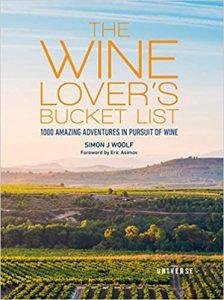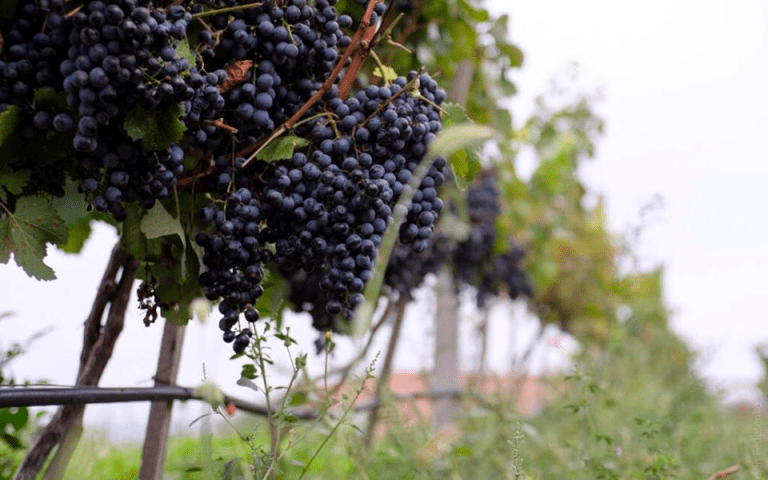Burgenland: vibrant wines from the land of sunshine
Burgenland, the easternmost of Austria’s federal states, is influenced by the hot, continental Pannonian climate and produces the most opulent and authoritative red wines in Austria, along with complex whites and extraordinarily fine sweet wines. In terms of natural conditions, the regional particularities of Burgenland should not be underestimated.
Region & wine
All the way in the south, the Eisenberg, with its unique soils and light influence of the Styrian climate, offers the best possible conditions for Blaufränkisch grapes, which produce red wines with the finest minerality and incomparable elegance. The Ruster Ausbruch is also one of the most famous sweet wines – in the world and an integral part of the regional viticultural identity. The heavy loam soils of Mittelburgenland and the Rosalia region impart a particular depth of fruit and length on the palate to Blaufränkisch wines, while in the hilly areas west of Lake Neusiedl, this is sometimes enhanced with distinct mineral notes and perceptible tannins.
Schützen am Gebirge, Leithaberg, Burgenland
With its limestone and slate soils, the eastern slope of the Leitha Range provides a unique terroir for complex white wines – particularly for Pinot Blanc and Chardonnay, but also for Grüner Veltliner – as well as for reds produced from Blaufränkisch. Fine Prädikatswein, such as the legendary Ruster Ausbruch, completes the trinity of wines that demonstrates Burgenland’s viticultural expertise.
Hummergraben, Eisenberg, Burgenland
To the east of Lake Neusiedl, Blauer Zweigelt prevails, producing powerful, juicy reds – although Blaufränkisch and Sankt Laurent also manage to yield outstanding results. The Seewinkel region to the south, with its special microclimate, belongs to one of the world’s few true bastions of sweet wine. Here, the high humidity – resulting from the presence of numerous small lakes, or “Zicklacken” – encourages the onset of Botrytis cinerea (noble rot). This enables the regular production of premium Beerenauslese and Trockenbeerenauslese wines here. Welschriesling attains exceptional levels of expressiveness in this style, as do other grape varieties like Chardonnay, Scheurebe and Traminer.
Burgenland, Mittelburgenland, Girm-Deutschkreutz
One of the most remarkable aspects of the wine industry in Burgenland has been the pioneering approach of the winegrowers, which has also enabled wines produced from international varieties, as well as powerful red cuvée blends, to achieve the highest level of recognition in recent years.
Ried Ragaberg, Raiding, Mittelburgenland, Burgenland
Following the release of Burgenland’s first regionally typical wine (Mittelburgenland DAC, with the 2005 vintage), other regions have also achieved DAC recognition: Leithaberg DAC, Eisenberg DAC and Neusiedlersee DAC. Since then, the former Großlage (large collective vineyard site) of Rosalia was awarded its own DAC in 2018, together with the Ruster Ausbruch DAC in 2020, making Burgenland’s DAC family finally complete.
Geology
Burgenland – generic winegrowing region is made up of the Styrian and Pannonian Basins, the Austroalpine nappes and the Penninic zone. The Austroalpine nappes consist of several strata of rock with the bottom level of the Penninic zone cropping out in tectonic windows. Sedimentary deposits from the Quaternary are particularly widespread in the north of the region. Coarse-grained sandy gravels with varying carbonate content, originating from the courses of the former Danube, represent more than 60% of the soils here. The Seewinkel gravels in particular are found in about one third of all vineyards in the region. Seewinkel gravels are only covered by fine sediments in a few places, while a loamy, often lime-deficient top layer can be found extensively covering the older terraces.
A good third of the region’s vineyards are located on the basin’s sedimentary deposits from the Neogene. These vary greatly in composition, in terms of grain size, carbon content and degree of consolidation. They range from clays (which are sometimes silty and sometimes almost pure and non-calcareous) in Mittelburgenland, to hard Leitha limestone. Although there is only a small proportion of vineyards that lie on hard rock, these rocks are very diverse and include dolomite and limestone, limestone schist, clayey schist and mica schist, along with different forms of gneiss, amphibolite and serpentinite.
Photo: © Austrian Wine
Burgenland, the easternmost of Austria’s federal states, is influenced by the hot, continental Pannonian climate and produces the most opulent and authoritative red wines in Austria, along with complex whites and extraordinarily fine sweet wines. In terms of natural conditions, the regional particularities of Burgenland should not be underestimated. Region & wine All the way […]



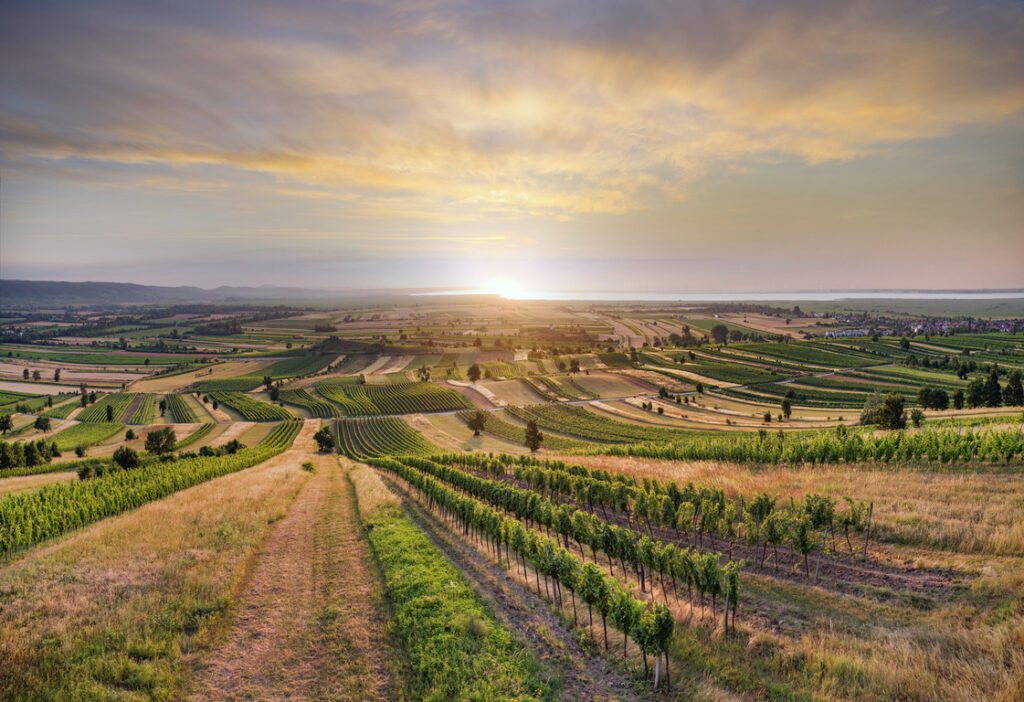


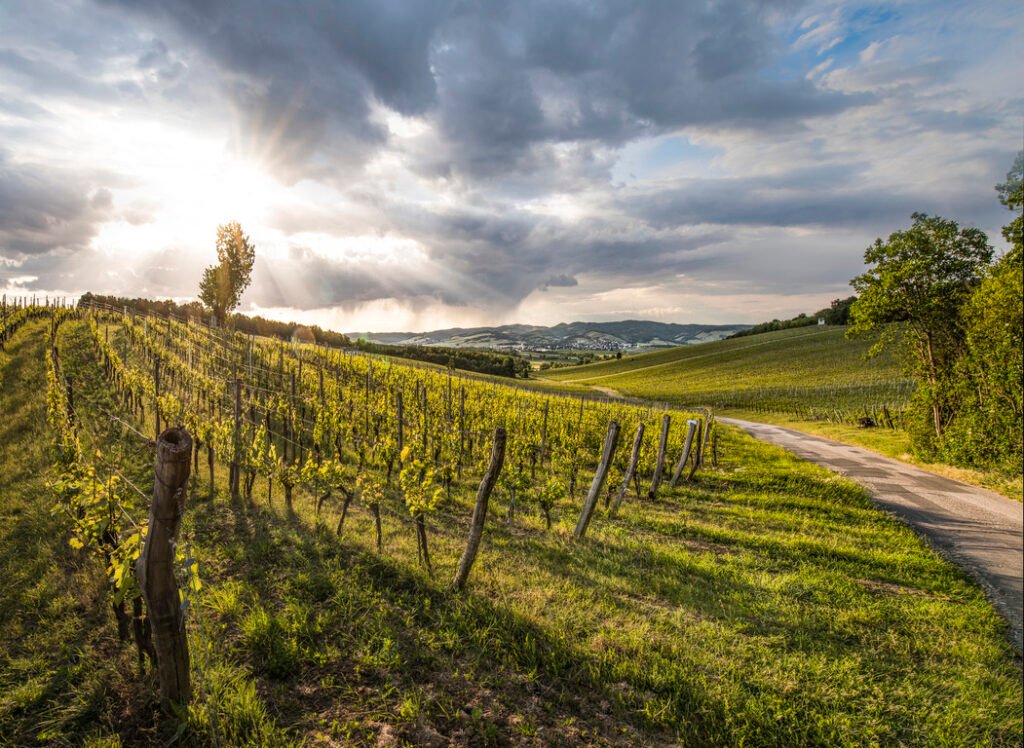



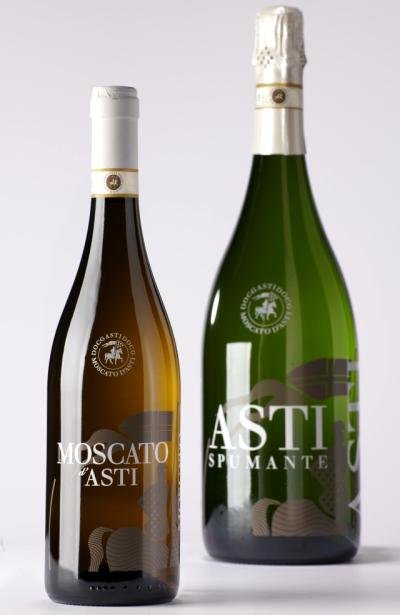

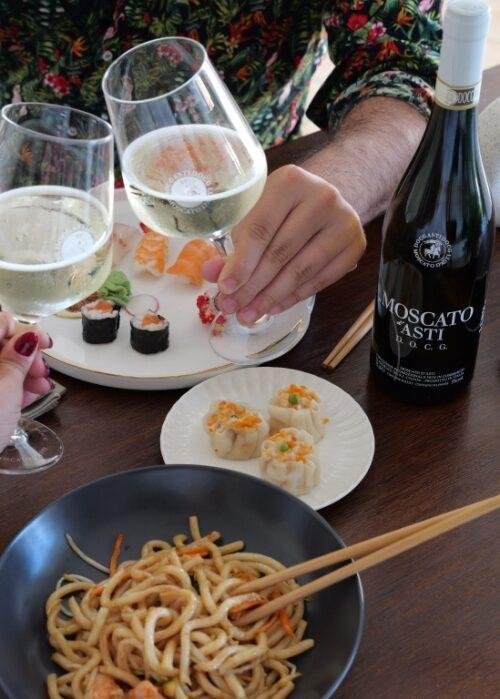

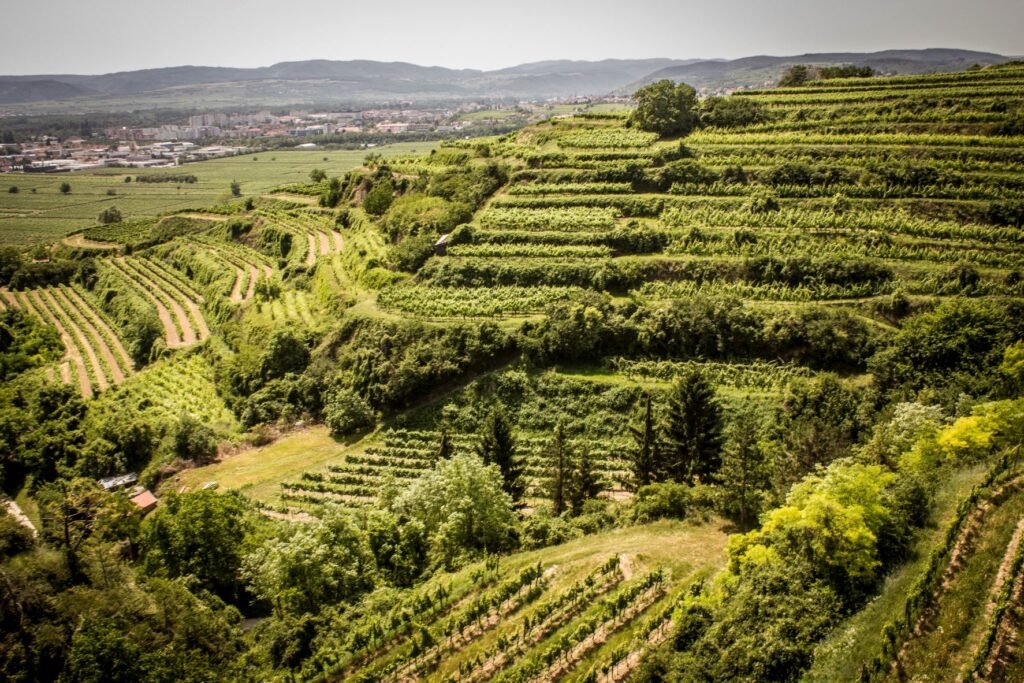


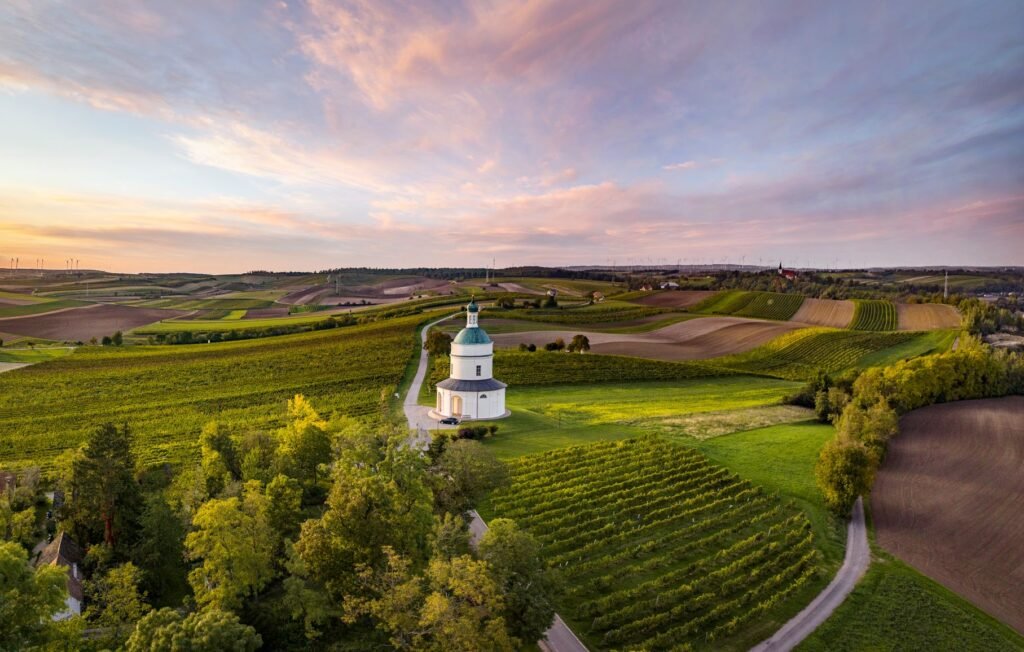





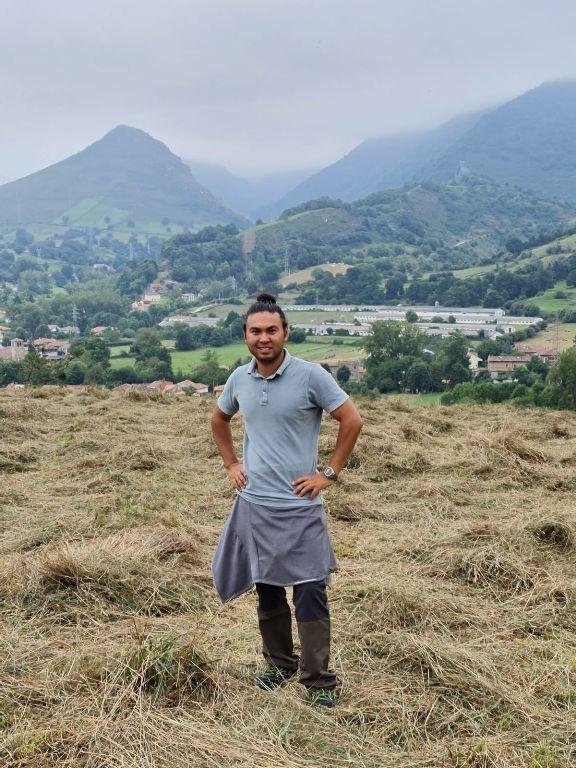

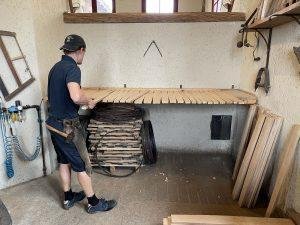
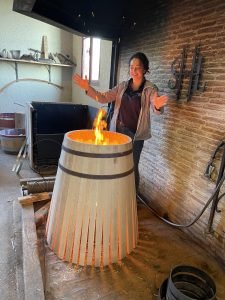
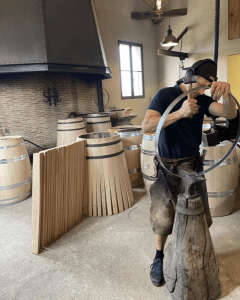


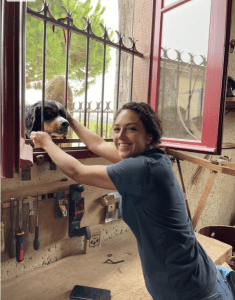

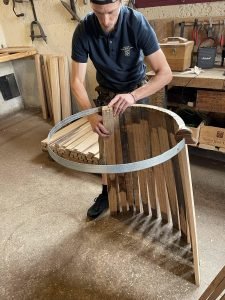
 Patricia Wilcox is a writer based between New York, Bordeaux, and Porto. She is at heart an entrepreneur, owner and founder of Awestruck Ciders in New York. She is currently on an academic sabbatical, pursuing an International Master in Wine Tourism Innovation through Universitat Rovira i Virgili, Université de Bordeaux, and Universidade do Porto. She is WSET Level 3 Wines Certified with distinction.
Patricia Wilcox is a writer based between New York, Bordeaux, and Porto. She is at heart an entrepreneur, owner and founder of Awestruck Ciders in New York. She is currently on an academic sabbatical, pursuing an International Master in Wine Tourism Innovation through Universitat Rovira i Virgili, Université de Bordeaux, and Universidade do Porto. She is WSET Level 3 Wines Certified with distinction.
